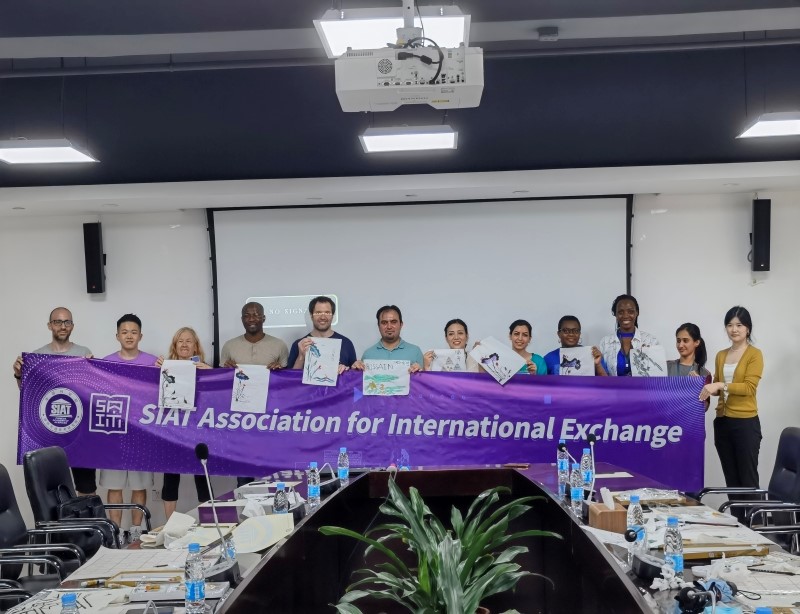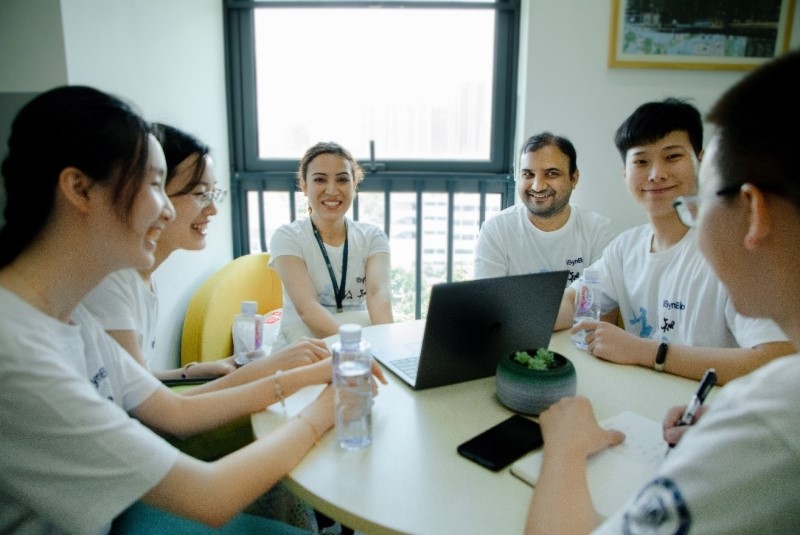

From Nepal to China: A Scientist's Fulfilling Journey of Growth and Global Collaboration
In 2020, I was thrilled to receive the Chinese Academy of Sciences (CAS) President's International Fellowship Initiative, PIFI (CAS-PIFI) Postdoctoral fellowship, which provides a great opportunity for me to grow professionally as a young researcher. With my background in bacteriology and molecular biology, I was eager to continue my work on developing treatments for antibiotic-resistant bacterial infections.
I am very grateful to Professor HUANG Jiandong from the Shenzhen Institute of Advanced Technology (SIAT), Chinese Academy of Sciences (CAS) for welcoming me into his team. During my time at SIAT, I had the chance to work on two projects.
The first project, funded by PIFI, focused on comprehending the mechanisms of an antimicrobial peptide that inhibits bacterial biofilms. Before coming to China, I already had previous experience working with bacteria and biofilms. Thus, my familiarity with the experimental procedures made it easier to work on this project. Institute of Synthetic Biology of SIAT provided a proper environment for this project, with a functional P2 lab for handling pathogenic microbes.
The second project involved developing a bacterial vaccine against Staphylococcal infections. Working with Professor HUANG’s team was particularly beneficial as they specialize in vaccine development. This experience also helped in expanding my knowledge of immunology.
Besides PIFI, I also received support from the SIAT Outstanding Youth Innovation Fund. The research-friendly environment at SIAT has been highly motivating, and I thank CAS-PIFI for supporting my stay and making me a part of the SIAT family.
Although I have found my time at SIAT to be fulfilling, I have also faced some obstacles. Language barriers have made it challenging to send samples to a company for analysis, locate instruments at other institutes and contact the right people. Fortunately, my Chinese and international friends at SIAT help me a lot in solving these problems. At times, I need assistance in understanding important emails and filling out forms in Chinese. I use some translation software, though it is not always reliable. So, whenever I encounter these issues, I turn to my Chinese colleagues for help. They patiently listen to my problem and explain everything to me, ensuring that I do not miss out on any important information.
Additionally, the recreational activities offered by SIAT, like Chinese calligraphy and painting, and making Chinese rice cakes, have been a pleasant break from the demanding research schedule.

Fig. 1 Participating in Chinese calligraphy event at SIAT. (Image by SIAT)
Establishing fruitful contacts and collaborations with different research groups is significant for the advancement of science. The rapid progress in technology owes much to global communication and cooperation. While adapting to new places, such as learning a new language, making local friends, and dealing with culture shock can be challenging, I have learned that embracing diverse cultures with an open heart makes the process much smoother.
During my studies in Japan, I met an amiable Chinese student, studying at the same university, and got married to him with the blessing of our beloved parents. Since that time, I find myself gradually immersed in the rich Chinese culture and life. Thus, despite the language barrier, having a Chinese family has helped me adapt to life in China. As a female researcher and a mother, I am deeply grateful for the unwavering support of my family, including my husband and in-laws, which allows me to focus on my work.
My PIFI experience in SIAT has been a transformative journey, leading me to embrace the vivid Chinese culture and the joy of conducting meaningful research. As I continue to thrive professionally and personally, I am grateful for the connections formed and look forward to further collaborations, contributing to the global scientific community.

Fig. 2 Small talk with the colleagues at the iSynBio (Image by SIAT)